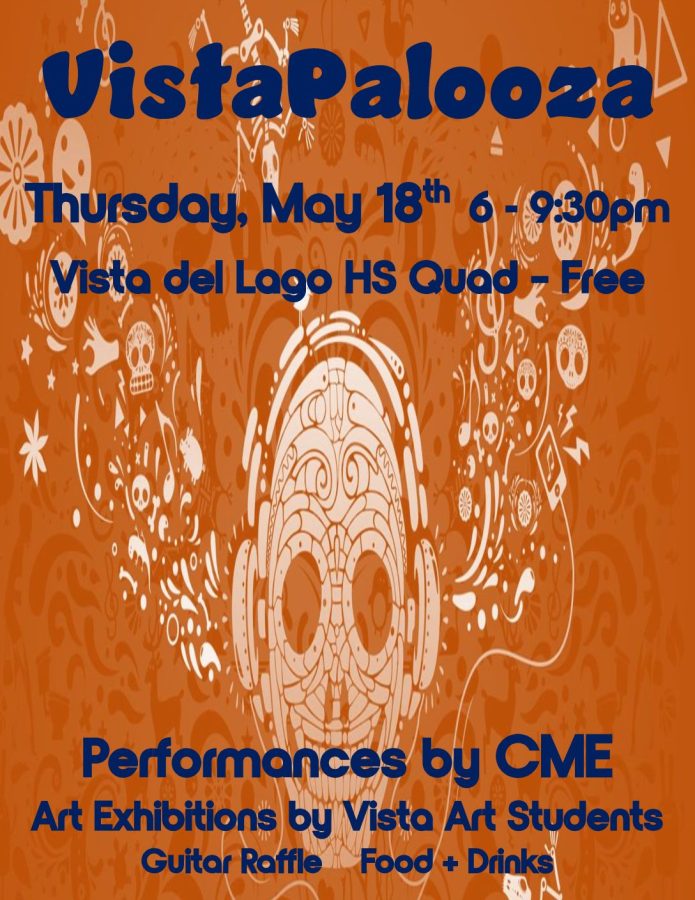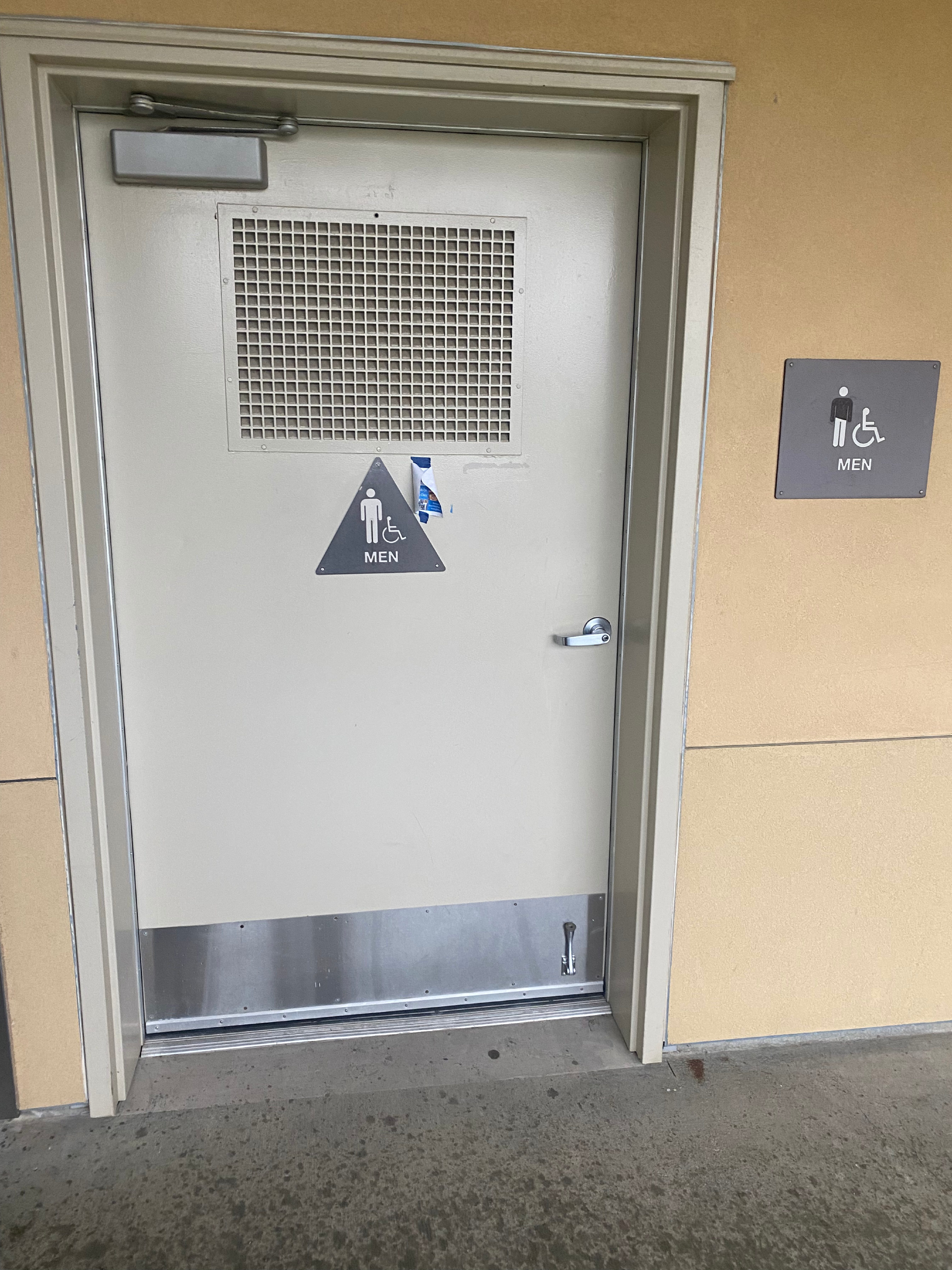TV Characters Are More LGBT than Ever Before
The universally recognized LGBTQ+ flag, owned by a memeber of the Gay-Straight Alliance Club (GSA)
Eagle time: Dec 11, 2016
LGBT characters on TV are showing up more than ever. The number of transgender characters has more than doubled in the last year (seven characters to 16), which is an increase and inspiration for aspiring LGBT actors.
The LGBTQ+ community includes individuals who may be lesbian, gay, bisexual, transgender or simply questioning their sexual interests or gender identity. In simpler terms, it’s an open definition for anyone who isn’t strictly attracted to the opposite gender.
According to a study done by a program called GLAAD (The Gay and Lesbian Alliance Against Defamation), 4 percent (35 out of 881) of the characters on broadcast TV are part of the LGBT community. GLAAD also noted that 16 LGBT characters showed up more than once across 23 different original series of Amazon, Hulu and Netflix.
Although this is a good sign for the LGBT community to be heard and seen more on a daily basis, Sarah Kate Ellis, president and CEO of GLAAD, noted that 25 queer female characters have been killed off in TV series since 2016 started. “To kill these characters in droves sends a toxic message about the worth of queer female stories,” said Ellis to The Guardian newspaper.
As for LGBTQ+ representation on broadcast, according to The Guardian, the Fox and ABC TV networks are leading the way with Fox having 6.4 percent of its character LGBTQ+ and ABC 7.3 percent.
“People want more representation because they’re finding out that there’s more LGBT people in the world than they originally figured,” said junior Sydney Harrell, the president of the Gay-Straight Alliance club (GSA) at Vista del Lago.
“They’re trying to appeal to a wider audience, especially since a lot of the shows you see with [LGBT characters] are targeting a teenage audience. Studies have shown that there are actually more LGBT people in this generation than ever before,” said freshman Andy Misura, who is a part of the LGBT community.
Andy isn’t wrong either; there are plenty of studies showing the increase of millennials coming out as being part of the ever-growing LGBTQ+ community.
According to a study done by the J. Walter Thompson Innovation Group, they found that only 48 percent of millennials between the ages of 13 to 20 identified themselves as “exclusively heterosexual”, opposed to the 65 percent of people aged 21 to 34.
Still, many still believe that more should be done to truly bring equality and representation to the LGBT community.
“I would [still like to see] actual LGBT people playing the characters rather than a straight person playing an LGBT character,” Harrell said.
“[We need] more LGBT actors/actresses playing LGBT characters. Especially with transgender [characters],” said Misuri.
“I would like to see bullying stop but that’s not going to happen,” said Vista freshman Colton Casella, who is a member of GSA and is part of the LGBT community. “I strongly believe [the LGBT community] should be treated equally.”
“I think it’s something that needs to be better known because I was so confused when I was younger,” said Misuri. “I didn’t know about anything like that, and it made me feel really worried about myself when I started exploring my gender identity. I think it’s something that needs to be known and not feared.”
Even though Hollywood and directors/filmmakers are becoming more open to LGBT in their shows, more can still be done. Regardless, this is a step in a positive direction for representation of LGBTQ+ members and advocates.









































